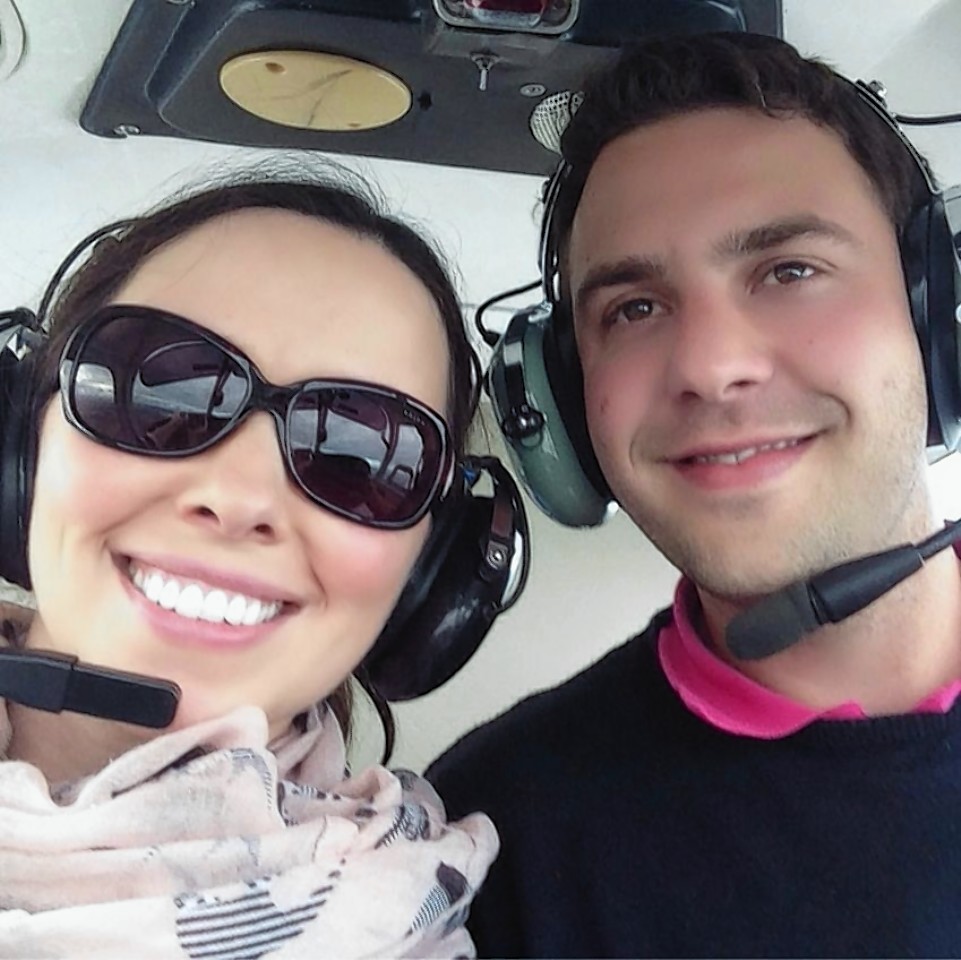A plane crash which killed a GP and her husband may have been caused by the pilot losing control while turning back in poor weather.
But the damage to the aircraft was so “severe” after it ploughed into a hillside that the exact cause could not be pinpointed.
Dr Margaret-Ann Rous and David Rous were killed when their Piper Cherokee went down at Beinn nan Lus, near Taynuilt, while on their way to visit relatives on Tiree.
In a new report published today, the Air Accidents Investigation Branch (AAIB) said the aircraft was flying at about 6,500ft when it went into a “steep, nose-down” spiral dive.
The investigators believed the pilot, Mr Rous, had suffered some form of “spatial disorientation”, and that there was a “loss of control, possibly in cloud”.
The 28-year-old engineer, originally from Gillingham in Kent, had started flying training three years earlier, and was granted his private pilot’s licence in June 2014.
Investigators were unable to establish his total flying time because his log book had been stolen, but it was in excess of the 130 hours recorded in the records which existed.
On the day of the tragedy on Saturday, April 4 last year, the couple had taken off from Dundee Airport at 9.38am, but their aircraft crashed just before 10.30am.
They had been en route to visit relatives for Easter Sunday.
A search and rescue helicopter was sent from Prestwick, but could not reach the site because of low cloud.
The wreckage, along with the couple’s bodies, was later found in the area of Glen Kinglass near Loch Etive by mountain rescue teams.
The couple suffered “multiple injuries sustained in a non-survivable accident”.
The AAIB estimated the dive angle of the plane was about 45 degrees, and found that debris was scattered almost 200ft from the impact site, with the damage consistent with a “high-speed impact”.
“The investigation was hampered by the severe damage to the aircraft that had occurred during impact,” the report said.
Amid cloud, mist and conditions which could have led to some icing on the airframe, the flight received an updated weather report for Tiree little more than two minutes before the crash, after which the aircraft began a “gentle” right turn which would quickly turn into a fatal dive.
“It is likely that the pilot realised that it was not going to be possible to continue the flight and decided to return to Dundee or another airfield,” the AAIB said.
The investigation concluded that “no specific cause for the accident could be identified” but that the findings suggested the pilot had suffered “some form of spatial disorientation”.
Dr Rous grew up on Tiree and it is believed the couple – who were living in Newport-on-Tay, in Fife – were on their way to visit her mother, Catriona Maclean, and her sister Johann.
After the crash, local doctor John Holliday described Dr Rous as “captivating – a much loved GP who immediately touched the hearts of everyone who came into contact with her”.
